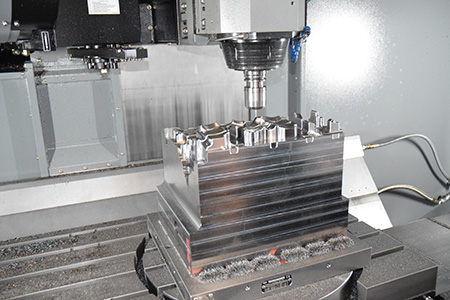October 10, 2020
CNC MACHINING OF ALUMINUMThe processing of aluminum using numerically controlled tools is a complex and stratified field.
This particular metal alloy stands out for its flexibility and ductility, characteristics that allow it to be used in the automotive, construction, precision engineering and industrial production sectors.
Other interesting properties of aluminum are:
The remarkable resistance to corrosion;
The high athermic threshold;
Its lightness, which sets it apart from most metals;
It does not generate sparks due to rubbing, a feature that allows its use within high-speed production sectors;
Weldability, aluminum is workable by MIG and TIG welding.
The main CNC machining of aluminum is carried out by turning or milling, we immediately see the differences between these two techniques.
ALUMINUM CNC MACHINING, NUMERICAL CONTROL LATHE IS MILLING MACHINE
The difference between turning and milling lies in the type of tool used during machining.
The lathe uses a straight-motion rotary tool that penetrates the metal to form continuous grooves, grooves and even holes.
Milling, on the other hand, uses a rotary motion tool that removes the stock with absolute precision (with a margin of error to the hundredth of a millimeter). The numerically controlled cutter can be used both for roughing operations (quick removal of most of the excess material), and for finishing the component.
Numerical control processes are carried out by automated tools, but we do not recommend leaving the machines unattended.
During CNC machining of aluminum, any unexpected events may occur due to the formation of chips and incorrect movement of the tool arms. The supervision of a specialized team is essential to limit the damage and perform some quick corrections during the production of the component.
Aluminum is a ductile material, but it generates a lot of chips. During machining, it is important to check that metal residues do not hinder the movement of the tools.
SURFACE TREATMENTS TO IMPROVE THE CHARACTERISTICS OF ALUMINUM
Anodic oxidation (anodization) is an electrochemical surface treatment that protects the metal from chemical aggression and increases its surface hardness. In addition, the anodized aluminum components have a better aesthetic appearance.
For more information about the CNC machining of aluminum and the surface and heat treatments with which it is possible to improve the characteristics of the mechanical component, please do not hesitate to contact us.








